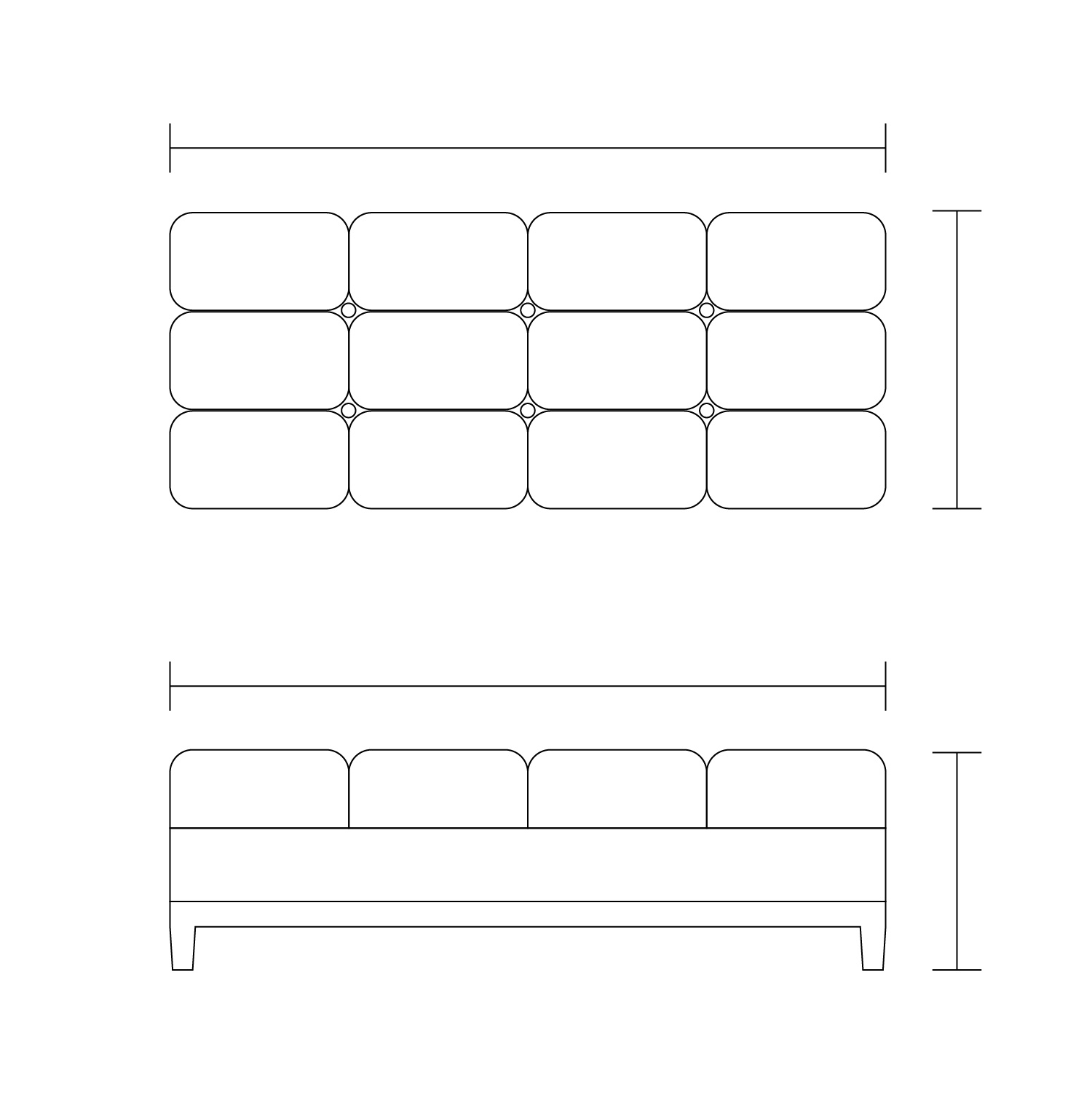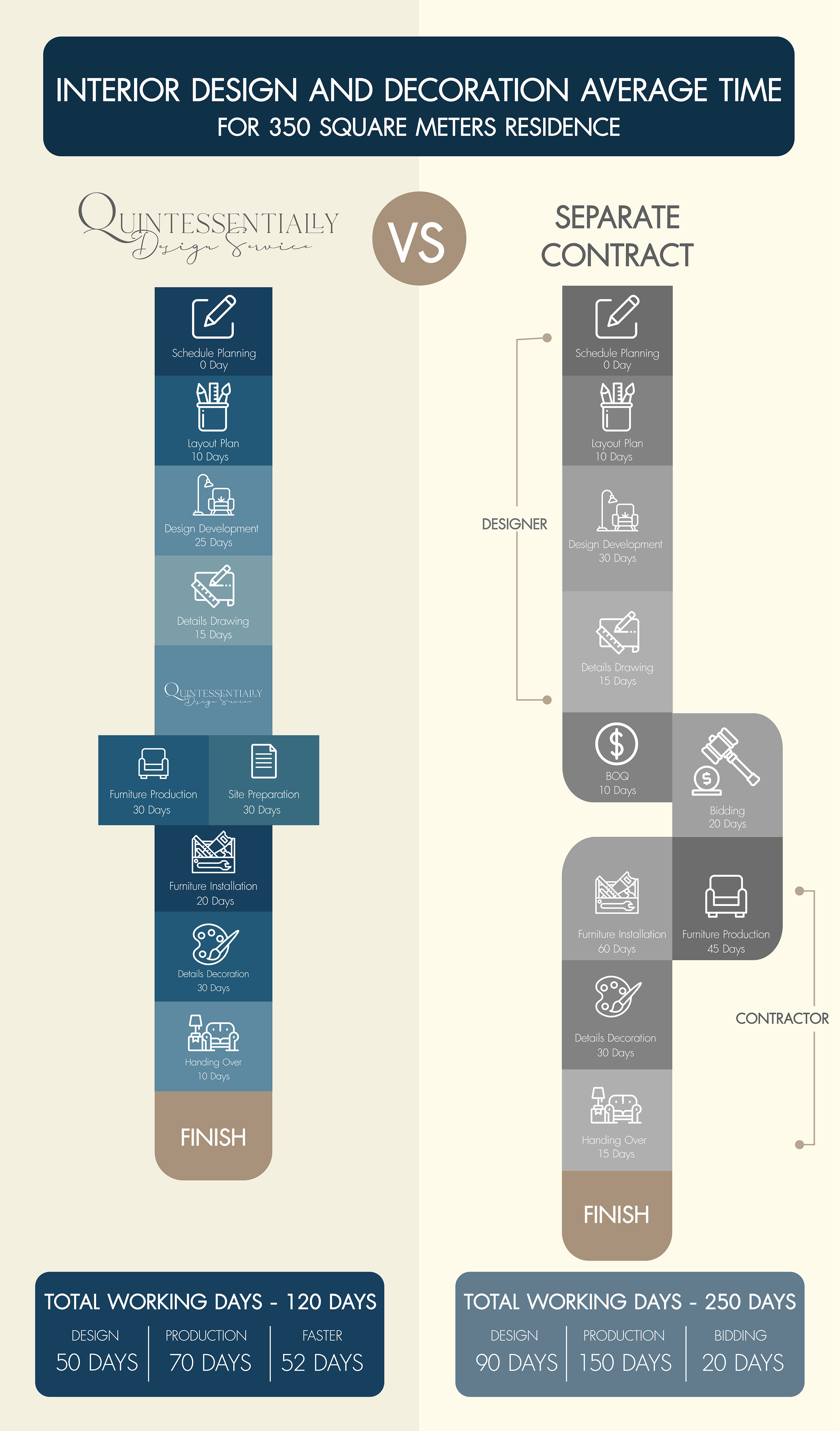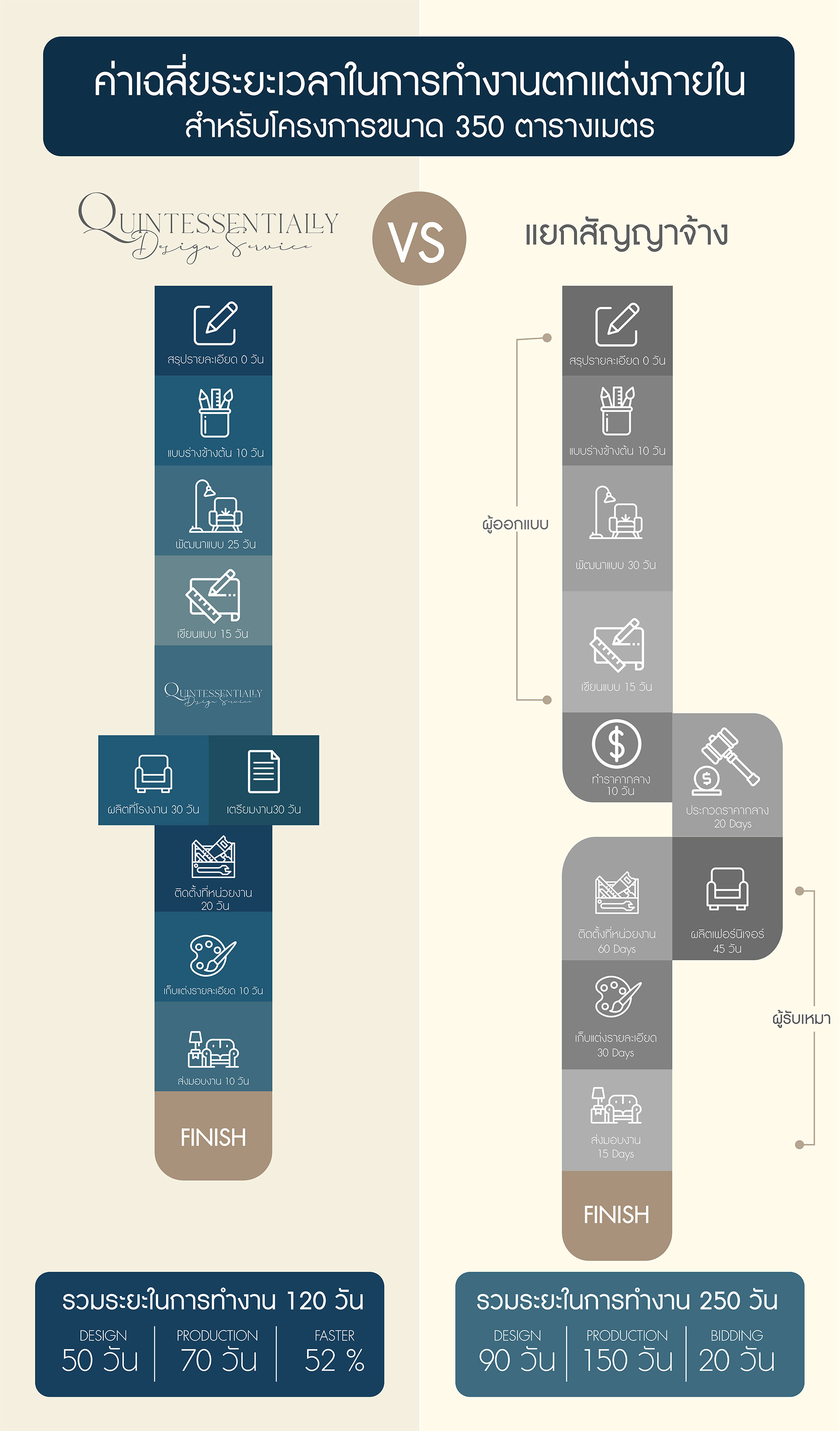
LIGHT & DESIGN
| EN | TH |
Introduction
Light plays an immense role in all our lives. Here, we will talk more about the importance of lighting in interior design. Our homes are the place we spend most of our time and the interiors thus have an impact on our lives.
A lot of people don’t realise how important the aspect of lighting is in particular. While our ancestors had to depend on the sun and fire and later on a specific electric bulb, we have a lot more options. Different kinds of lighting create a different dimension in a space. With a good lighting scheme, you can create depth, height, coziness, etc in your rooms. It is all about balancing light and shade.

Credit : Etienne Girardet on Unsplash
Good lighting can change or transform the whole space for the better. You can make the space more dramatic or you could create an atmosphere of comfort. You can use lights to highlight sculptures or paintings and you can also use them to draw the eye away from any flaws in the room.
Another article has a lot of information on general lighting, color temperature and light quantity. In this article, we will focus on the secondary light system as well as the different types of lighting used in interior design.
Decorative lighting
Decorative lighting is a lot more than adding a spotlight over an artwork. It is about the appearance of the fitting, the light it emits and the purpose it serves. Decorative lighting comes in many forms and is used in different areas of the house.
In decorative lighting, there are 5 kinds of lighting to focus on:
1. Accent lighting

Credit : Silvery Forest by Bareo
Accent lighting is similar to task lighting since it has a specific function and is used for highlighting a single feature in the room. Spotlights are an example of accent lighting since they are usually used to highlight art or objects in a room. The light output of such lights has to be higher than the general lighting and this means the wattage is higher as well. Architectural lighting is sometimes included in accent lighting but these fixtures are mostly subtle and used for highlighting a texture or for defining a perimeter.
2. Effect lighting

Credit : The Pure Modern Suite by Bareo
Effect lighting is usually a type of decorative lighting that is used in stages or at events. These are the lights used on concert stages or even in nightclubs. However, depending on the purpose, you can use them in other spaces as well. Some types of effect lighting include strobe lights, plasma glass, blinders, backlights, etc.
3. Decor lighting

Credit : Hifdzul Muhammad Siregar on Unsplash
Decor lighting is focused on visual appeal and not so much on illumination. It is about using light fixtures in designs that are decorative and beautiful. These are meant to be a part of the decor rather than providing lighting for a space. Decor lighting includes fancy light fixtures in various designs, strings of lights, etc.
4. Architectural or structural lighting

Credit : RBNRAW on Unsplash
Architectural lighting is meant to be functional while enhancing the architecture. It is a blend of architectural elements with technological elements. The purpose of architectural lighting is to illuminate the design, materials and function of a building. For instance, if you have a home theater, the lighting should help in accentuating the viewing and seating experience.
5. Mood lighting

Credit : 戸山 神奈 on Unsplash
Mood lighting helps in achieving a particular look and atmosphere in a room. It creates lighting that makes the room more inviting by counteracting the shadows that are accused by general lighting. Mood lighting is equally concerned with function and style. Some popular options for mood lighting include floor lamps and table lamps. While using such lamps, it is important to arrange them in a way that the wires are as concealed as possible.
One handy tip is to place such lamps just a little above eye level since they will illuminate the room but won’t cast a down shadow. Lower wattage is more suitable for mood lighting since high wattage light can be too harsh and will also require a much larger shade. While choosing shades for mood lighting, consider various factors like texture, color and size. The shade should always conceal any hardware that might spoil the overall look.
Types of lights
1. Downlight

Credit : White.Rainforest ∙ 易雨白林. On Unsplash
Downlights are lighting fixtures that are recessed up in the ceiling while their light is directed downwards in a narrow beam. These are usually hidden fixtures that make it appear as though the light is coming from the ceiling and not a lighting fixture. These lights are a modern preference that also saves on energy consumption. Different types of downlights include fixed, gimble and surface mounted downlights.
2. Pendant light

Credit : Palladian Consistency by Bareo
Pendant lights are usually task lights since they help you while performing tasks around the house. Pendant lights come in many variations. Some are simple and small while others may be eye-catching and large. You can choose to install a single pendant light in one spot while another spot might look better with three pendant lights grouped together.
3. Spotlight

Credit : thehomelightingcentre .co.uk
Spotlights are light fixtures that provide a narrow and intense beam or cone of light on a specific spot. In homes, these are used for accenting decor pieces or a piece of furniture. In commercial use, they are used for performers on stage. Spotlights come in different types depending on their functions. You can choose from fresnel spotlights, ellipsoidal spotlights, beam projectors, follow spotlights, PAR spotlights, etc.
4. Cove light

Credit : The Extraordinary Penthouse by Bareo
Cove lights are a kind of uplighting fixture that direct light from a cove on one side or more of the room to the ceiling. This provides overall diffused illumination in the room. It is also called ambient luminescence. LED and fluorescent lights are usually used for cove lighting.
5. Wall light

Credit : Mesdame’s Grace by Bareo
Wall lighting is a layer of lighting that can serve many functions. It can add some bright light to your general lighting scheme or it can create a soft ambience when used without task lights. You can opt for a direct wall light that illuminates one area in the room or you could use an uplit glow that will softly brighten your wall. You can choose from different wall lights to achieve the look you want.
5. Uplight

Credit : ASIA CULTURECENTER on Unsplash
Uplights are fixtures that are designed or placed in a way that they throw light upwards. They are a good option for accent lighting as well as for safety purposes. This kind of uplighting can be done with hanging lights, floor lamps, downlights, uplights, etc.
Dos and don’ts for lighting in the design

Credit : Jean-Philippe Delberghe on Unsplash



































